When U.S. officials temporarily paused the use of Johnson & Johnson’s COVID-19 vaccine Tuesday to warn patients and providers of an “extremely rare” blood clotting issue that has so far affected just six of the millions of Americans who have received the vaccine — all six of them women ages 18 to 48 — many observers worried the abrupt move would stop a substantial number of Americans from getting vaccinated.
But if you take a closer look at the data, it’s clear that unless regulators end up pulling J&J from the market — an outcome experts have all but ruled out, given the vaccine’s robust track record of safety and effectiveness and the relatively minuscule risk of clotting — this week’s (likely brief) time-out may ultimately have little impact on the larger dynamics of America’s vaccination campaign.
Why? Because even before the J&J news, the U.S. was already approaching a “vaccine wall” — the point at which supply outstrips demand, the country’s rapid pace of vaccination starts to slow down and every American who wants a shot can easily get whatever shot they want, whether it’s Pfizer, Moderna or the one-and-done J&J.
The question, then, is whether there will be enough Americans willing to get vaccinated — not whether there will be enough vaccines for Americans who are willing.
By all measures, the U.S. has made remarkable progress on vaccination. When President Biden took office on Jan. 20, the country was administering an average of 900,000 doses a day. Now, less than three months later, the pace has nearly quadrupled to 3.4 million daily doses. On Saturday, 4.6 million shots were reported — a new record. More than 63 percent of U.S. seniors have been fully vaccinated, up from 2 percent at the start of Biden’s term; nearly half of U.S. adults have already gotten at least one jab. And that’s before eligibility has opened up to all Americans 16 or older, a threshold the country is officially set to cross on April 19.
Again, remarkable progress. But things are about to change.
For the next few days or weeks, Americans won’t have access to J&J, and as a result demand for Pfizer and Moderna will rise. As the New York Times reported Tuesday, “mobile vaccine clinics in rural areas” of California and Colorado that depended on J&J doses “were canceled. In Chicago, vaccination events for restaurant employees and aviation workers were postponed indefinitely. At colleges in Ohio, New York and other states, where the one-dose vaccine offered a chance to quickly inoculate students before they left campus for summer, appointments were called off en masse.”
And so “in the very short term, we do expect some impact on daily averages as sites and appointments transition from Johnson & Johnson to Moderna and Pfizer vaccines,” White House pandemic coordinator Jeff Zients explained Tuesday.
But the “very short term” won’t last long. First, as Zients put it Tuesday, the U.S. has “more than enough Pfizer and Moderna vaccine supply to continue or even accelerate the current pace of vaccinations”: 440 million doses to be delivered by the end of May, with an extra 3 million of those doses to be made available while J&J is sidelined this week (during a period when J&J supply was already expected to fall 80 percent because 15 million doses were ruined in a factory mixup). Second, longer-term U.S. supply — which could include up to 200 million Johnson & Johnson doses once this week’s issues are ironed out — will soon start to exceed demand.
In many places it already has. Last week, the New York Times reported that a “pileup of unclaimed appointments in Mississippi” — 73,000 open slots at the time of publication — “reflects … mounting supplies” but also “exposes something more worrisome: the large number of people who are reluctant to get vaccinated.”








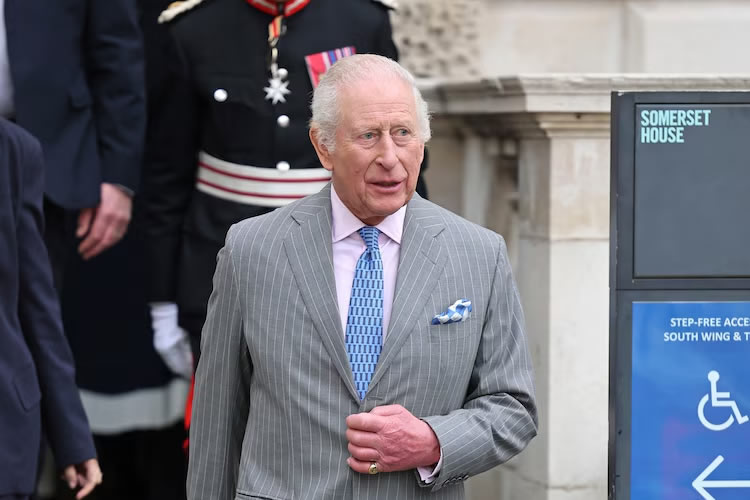
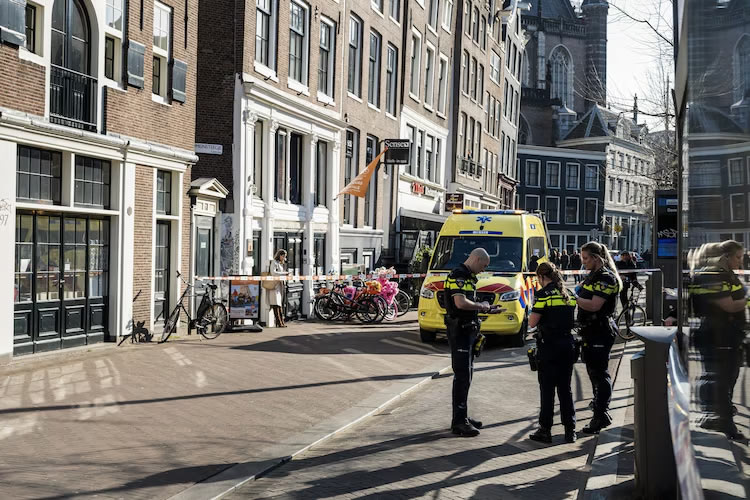
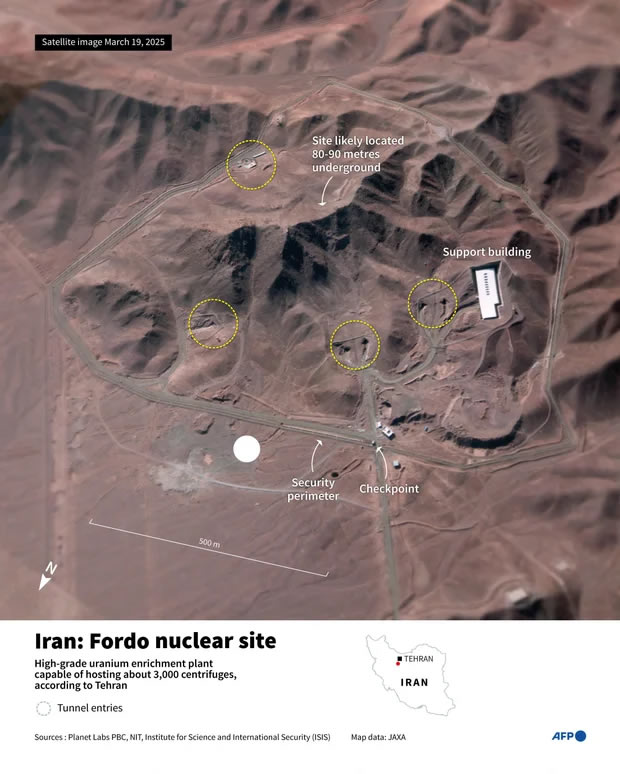
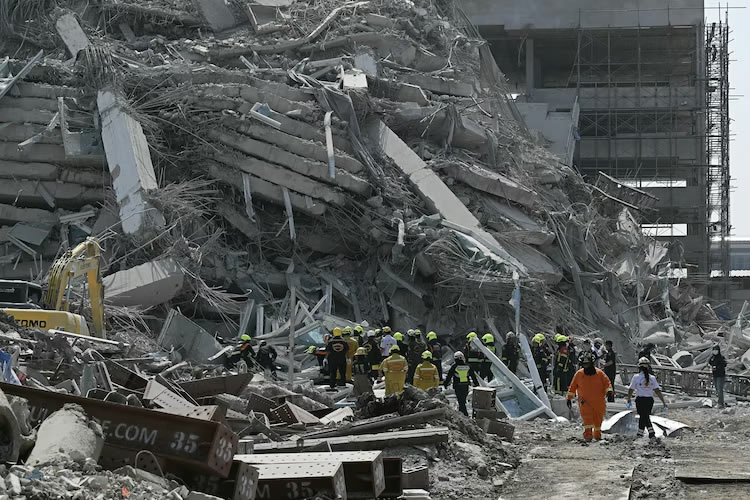
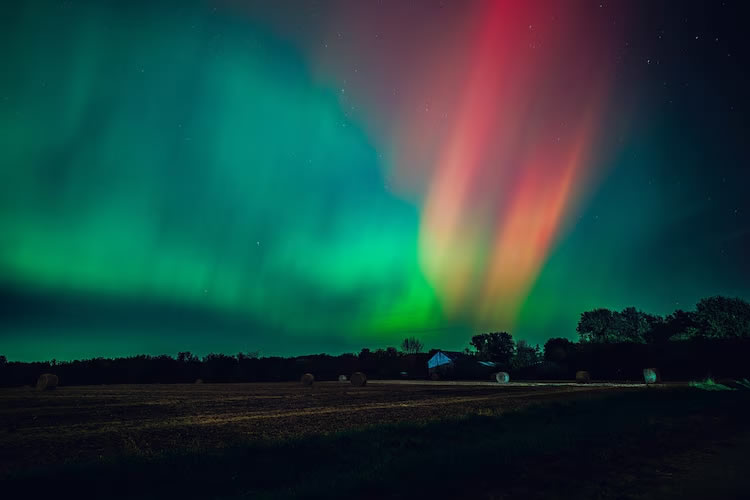
+ There are no comments
Add yours